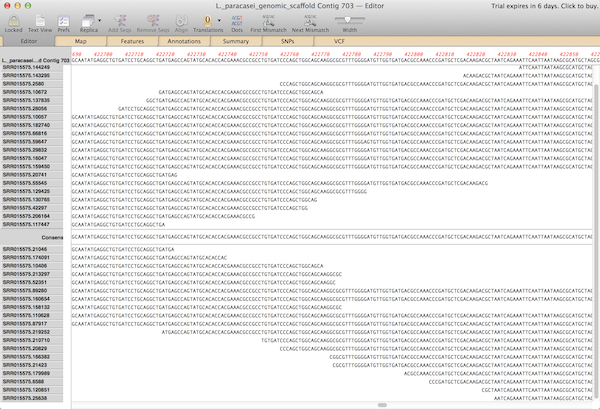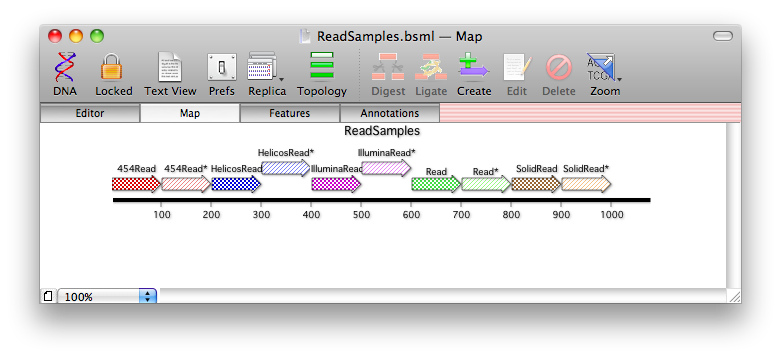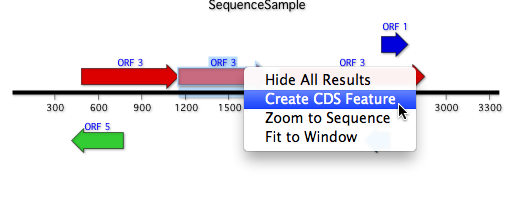
Trying to put a part between two subassemblies, will also not work without the Alt key. Without the Alt key being used, dragging and dropping will always try to change the hierarchy. Where it really is necessary is if your asm only has sub assemblies. Note: The Alt key isn't always required, but even when it's not it still works. The result will be a simple reorder rather than a restructure of the hierarchy. So how then does this work? The best thing to do when reordering any item in an assembly Feature Manager Tree is to hold down the Alt key before-during and until the drag and drop has completed. It's really not so nice when you don't want to change the assembly hierarchy. That's really nice if thats what you wanted. You can actually restructure the hierarchy of you assembly with the same drag and drop. The assembly Feature Manager Tree is similar but also another "level" of control. Now there are issues, some order changes can have dramic positive or negative results and some attempts to reorder just don't work at first because of parent child relationships between the features. It a part Feature Manager Tree we know we can reorder features by simply dragging and dropping them up or down the part feature tree. Later one might prefer to have the items listed in a different logic sense. An assembly feature tree in SOLIDWORKS may end up with items listed in a "random / as developed" order.

It often takes some jumping around, some changes to get to that final result. Patterns of genetic differentiation in Sauromalus and biogeographic implications are discussed.A new final design rarely is achieved in a first go. An analysis of character transitions and comparative behavior implicates predation, and its relaxation on isolated islands, as a strong selective force in Sauromalus. obesus obesus show similar levels of divergence from each other.

obesus populations on the nearby Baja California peninsula, and mainland populations of S. The gigantic species show 3-4% total sequence divergence from S. The large size increase in the gigantic clade contrasts with evolutionary stasis of small body size (for an iguanine) in mainland populations. The most parsimonious reconstruction of body size evolution implies a change from large to small size after the Sauromalus ancestor diverged from Iguana, and one reversal back to large size within Sauromalus.

In a robustness analysis of this topology, we found general support for this tree over alternative topologies representing minimum evolution hypotheses that imply large body size is retained from large iguanine ancestors. The most parsimonious tree topology depicts the insular gigantic Sauromalus as monophyletic, having diverged from a common ancestor on the Baja California peninsula after the radiation of smaller bodied clades.

We tested the hypothesis that large body size has evolved on these islands in response to local ecological conditions against the alternative hypothesis that large size is simply retained from large iguanine ancestors. varius) is typically fivefold larger than mainland species. The body mass of two endemic island species (S. The evolution of body size was reconstructed in chuckwallas (genus Sauromalus), large herbivorous lizards of southwest North America, using a phylogeny derived from sequence variation in the mitochondrial cytochrome b gene.


 0 kommentar(er)
0 kommentar(er)
